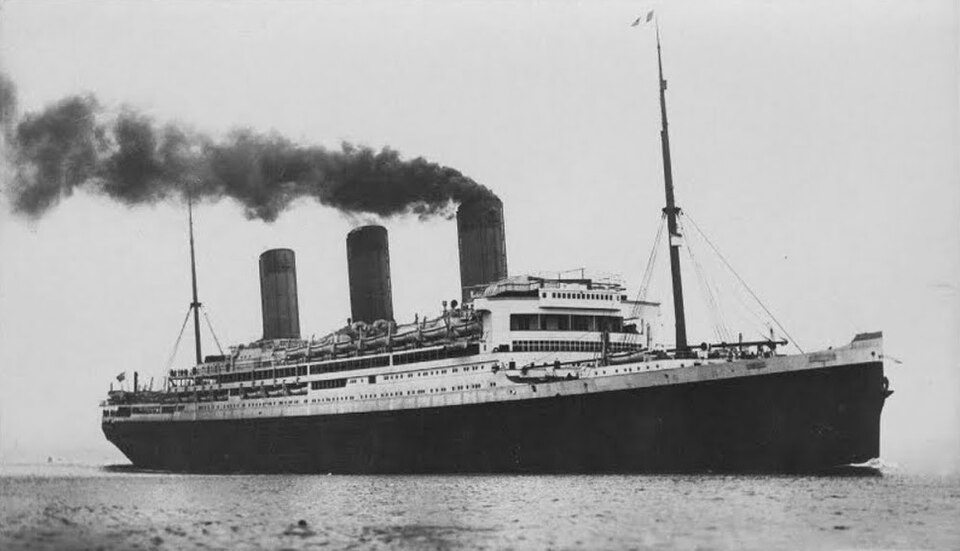Story of the Greatest Tragedy in the World
EDITORIAL
The greatest tragedy in the world occurred in the lives of five Seattle boys Friday.
The dog-catcher got their dogs!
More than 1,000 boys trooped merrily to Volunteer park to take part in The Star’s annual coaster race. Naturally their dogs went along., There must have been more than 100, barking at the heels of their small owners, chasing the flying coasters and having the time of their lives.
Maybe every man has a heart. We don’t know. Perhaps they have ’em and, on some days, they’re not in working order. But we can’t see how any man with a heart could have interfered with that juvenile celebration by calling the dog-catcher.

